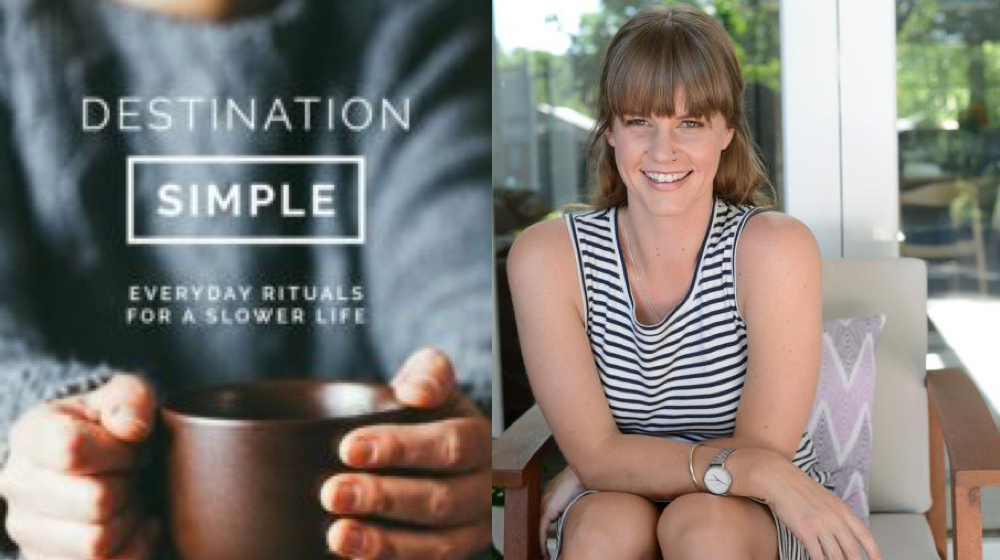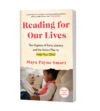I read Destination Simple: Everyday Rituals for a Slower Life by Brooke McAlaray for a new year’s reset. The tiny book can be read in one sitting, but it’s also great to dip in and out of as you let the ideas marinate.
Unlike more rigorous guides, such as David Allen’s Getting Things Done (which I also love), Destination Simple is one to reach for when you’re feeling overwhelmed—when you want to sink into your day versus power through it.
Broken into three parts, it first presents useful rituals like single-tasking, unplugging, emptying your mind, prioritizing just three things, and gratitude. Next it offers morning and evening rhythms. And finally come parting words on tilting (the opposite of seeking balance), noticing, and enjoying life. Above all, it advocates for a relaxed state of mind and ritual-guided versus schedule-dictated days.
There are no shocking revelations in the rituals section. Anyone who reads personal productivity books or blogs is well-versed in the ideas offered here. We’ve been warned of the dangers of multitasking, digital distraction, and endless to-do lists for years now (though our behavior suggests that we can still use reminders). We’ve heard all about the power of gratitude lists, mindfulness, and brain dumps.
McAlaray’s fresh idea is that adopting the seven specific rituals she highlights—plus morning and evening routines and a generous dose of flexibility—is “the easiest, most successful way to create a simpler, slower life.” It’s the combination, not the techniques alone, that make the difference.
In Part Two, McAlary makes a helpful distinction between rhythms and routines. “Routine is rigid and inflexible and makes you feel that a set sequence of events needs to happen precisely or the exercise is a failure,” she writes. “Rhythm, however, is a much friendlier notion. It speaks of order and understanding and flexibility and movement and fluidity.”
She offers examples of morning and evening flows to illustrate how you can create calm and satisfaction by thinking about what works for you, allowing sufficient time for your chosen rituals, considering others’ needs, and staying flexible. Establishing the rhythm can take a few weeks of trial and error, tweaking and changing, but the investment pays off in time-awareness.
“The beauty of this rhythm is that if certain things don’t happen (I don’t get the laundry on, for example) things don’t fall apart: I’ll just do it later,” she writes. “Similarly, if I don’t get time in my office, I know I’ve either chosen more sleep (a valid choice some mornings!) or the kids have needed me and I’ll have the same time available to me tomorrow. It’s about being organized enough—but also knowing when to let go.”
The call to fluidity made the biggest impression on me. “Tilting,” she calls it, citing a 2009 Marcus Buckingham study. Forget balance, she urges, which is “impossible to achieve, stressful to attempt and boring to live.” Instead, learn to tilt, which is to say intentionally and decisively lean into some things and lean away from others in the moment, as needed.
“We can’t be everything to everyone in every moment, and tilting makes it clear that by saying yes to one thing, we’re saying no to another in that moment,” she writes. “And what’s more, it’s OK to do so.”
Cheers to that.
Do you have any go-to books that help you rethink or reset how you organize your life and its endless stream of inputs and information? Are your days more ritual-guided or schedule dictated? How okay are you with imbalance in your life?


